There are several ways to clean climbing holds and from a perspective of a home woody owner there is one really easy way and lots of other harder ways.
The easiest way to clean climbing holds:
Materials:
- 1 Gallon White Vinegar
- 1 x 5 gallon bucket
- Water
- Stiff nylon brush (optional) also a metal brush may work too if you are careful
- Fill a 5 gallon bucket halfway with really hot water
- Add in about 1/4 of a gallon of Vinegar (can be less or more)
- Let the holds sit for a couple hours
- Wash holds in clean water
- Scrub any holds that are extra-dirty with the brush
- Repeat cleaning process on the dirty holds
This method is incredibly easy. As in it sounds almost too easy. For the most part this will get all of the girt and most of the rubber off of the holds. It won’t clean the dirtest of the holds and they may require additional work, however this is a great way to freshen up your holds.
Unless you are a commercial climbing gym you don’t need a dishwasher or anything like that. Now that I know cleaning them is so easy I generally freshen up the holds quite often.
Additional Options for Deep Clean:
- Power-washer the holds
- Metal brush and scrub the hell out of the rubber areas
[notice]RESULTS: Top picture is ClimbIT font holds, a Nicros mushroom, Project holds jugs and some Contact Climbing sudz. The bottom photo is after cleaning in vinegar (note brown left on the biggest hold turns out to actually have been stained by the weather since I have an outside wall): [/notice]
[tab: BEFORE CLEANING]
[tab: AFTER CLEANING]
[tab:END]
[important]Read my Review on Soill Grip Wash vs. Vinegar: [/important]
http://andylibrande.com/homeclimbingwall/2012/11/soill-grip-wash-review/

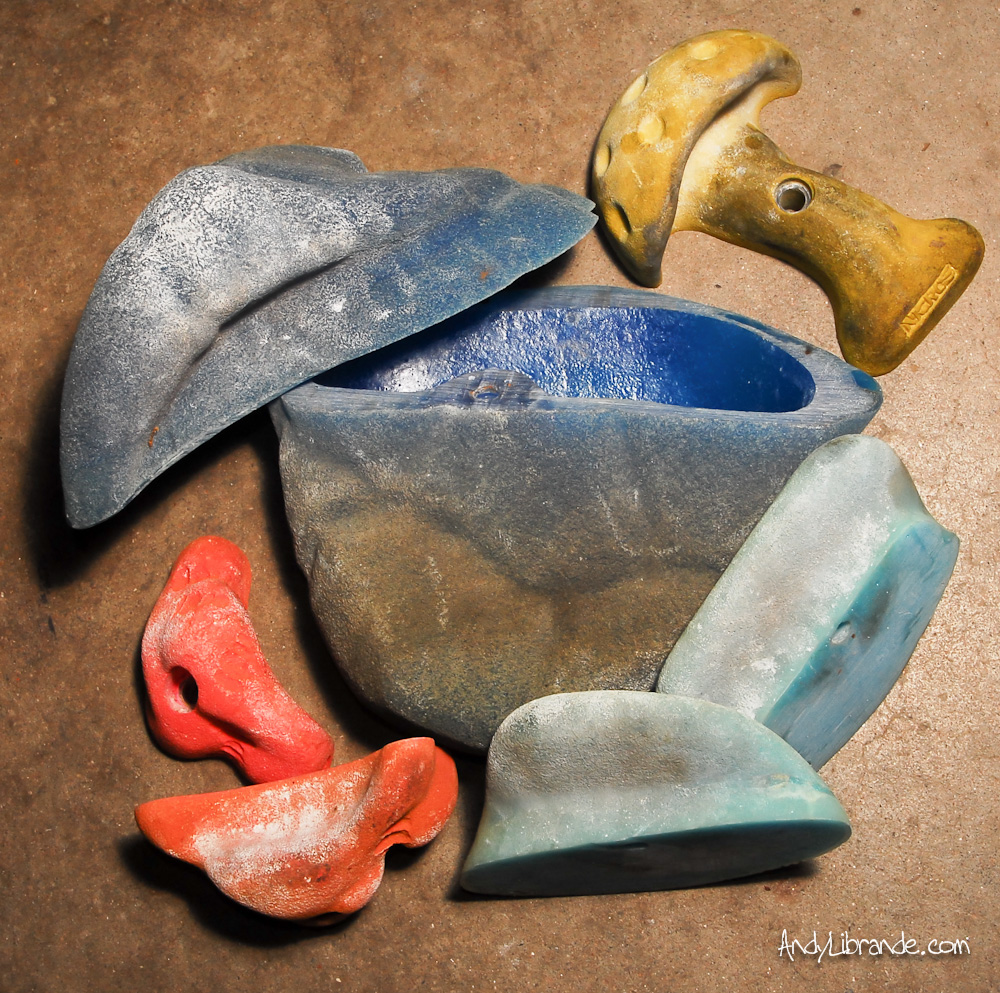


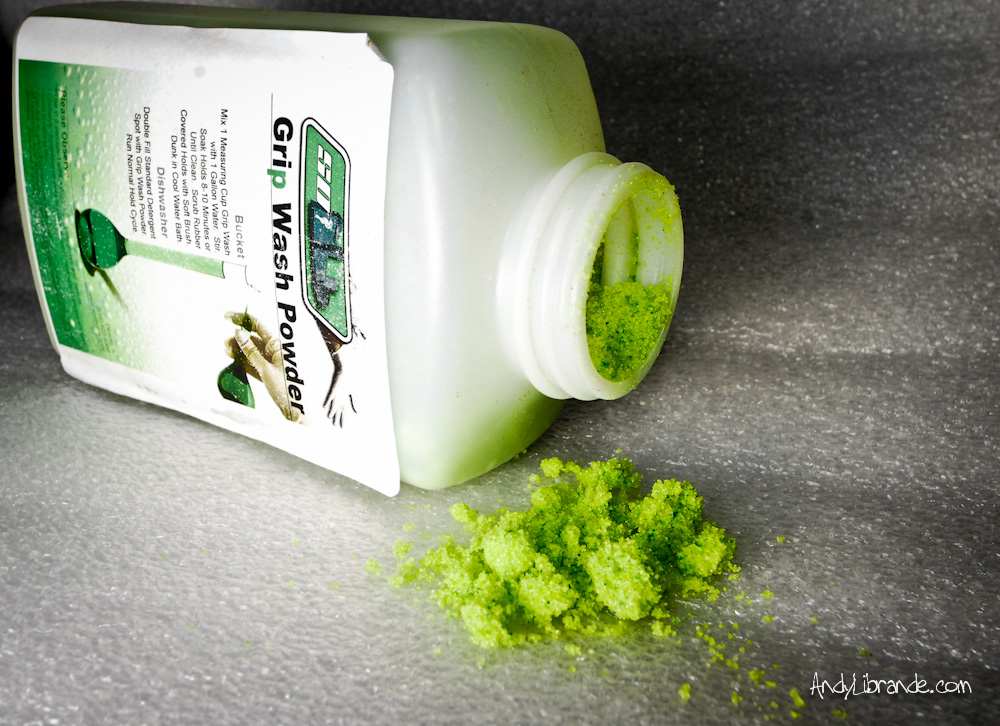
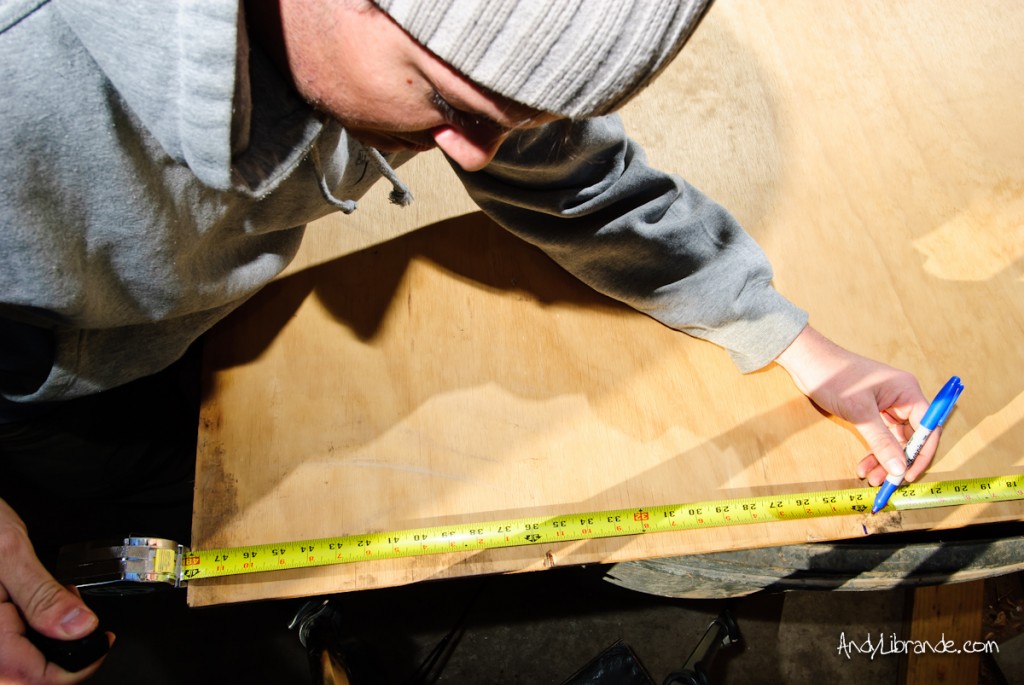
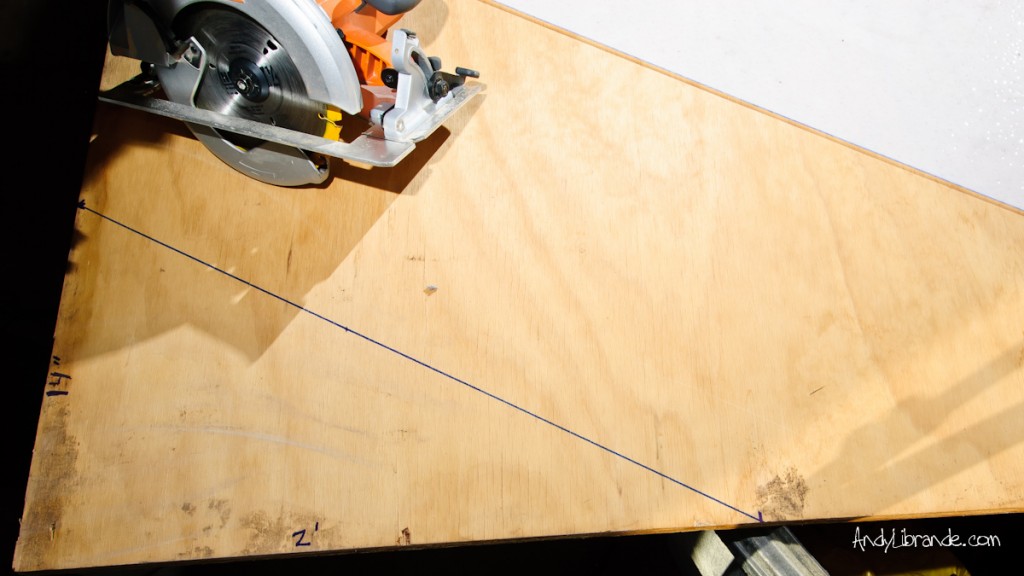



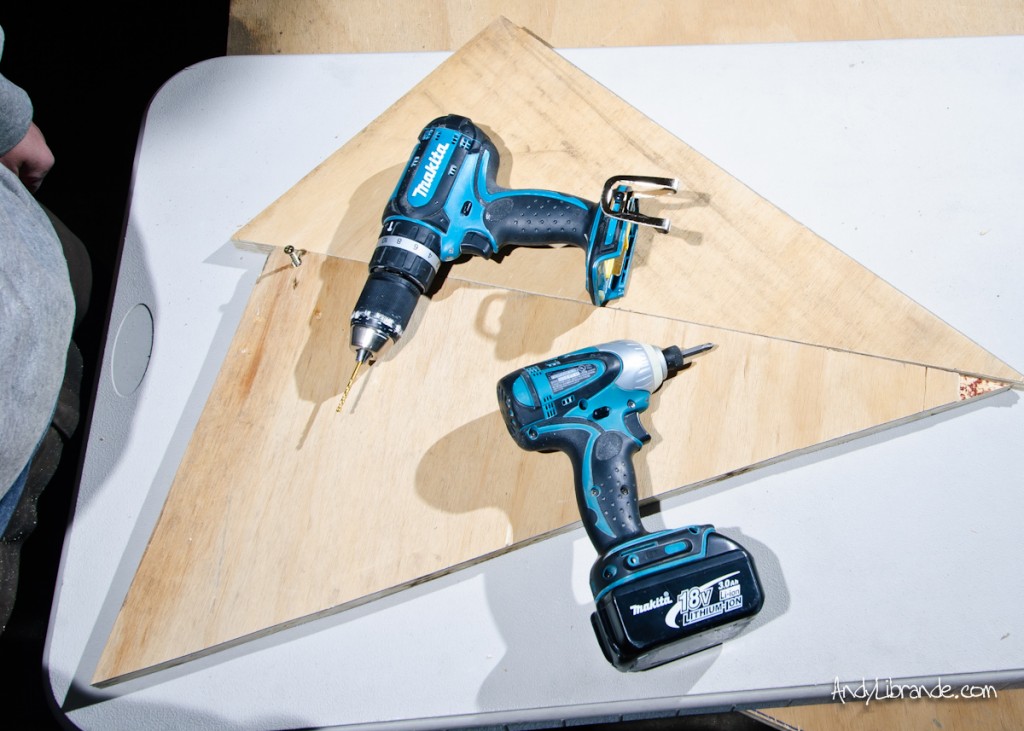
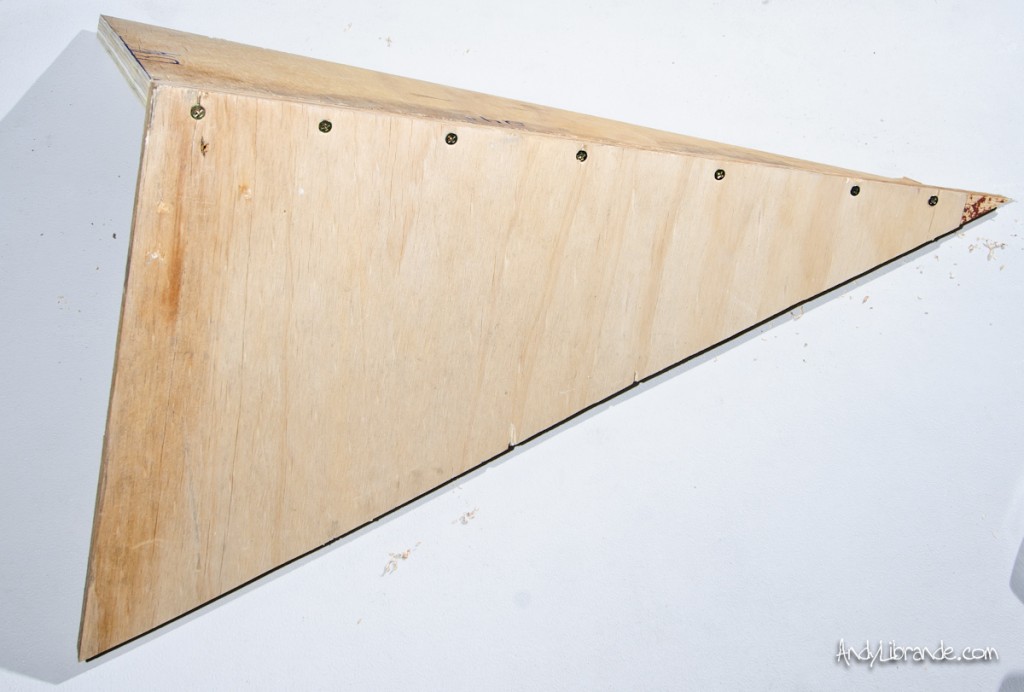
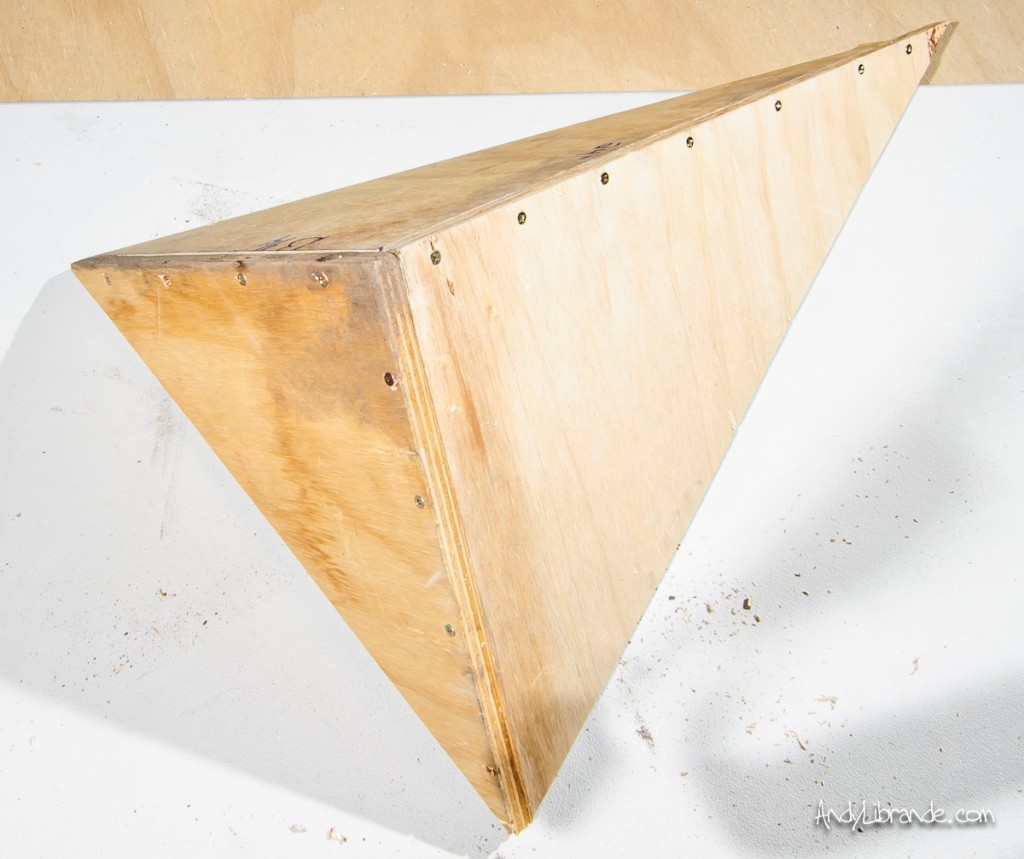
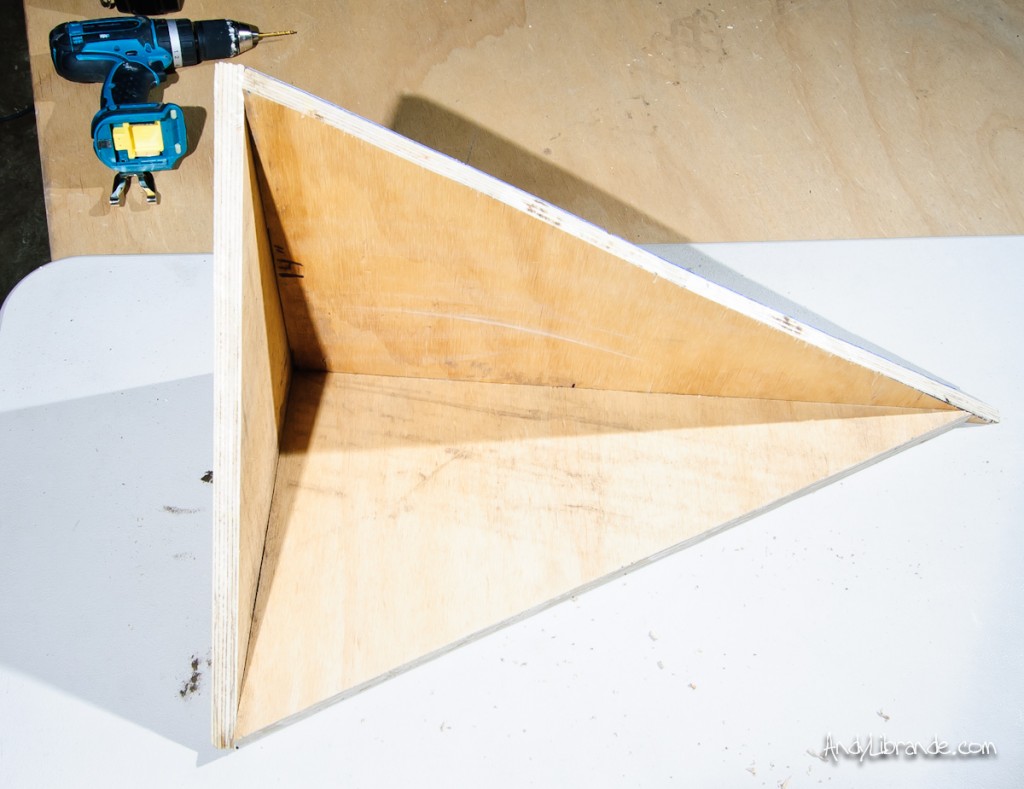


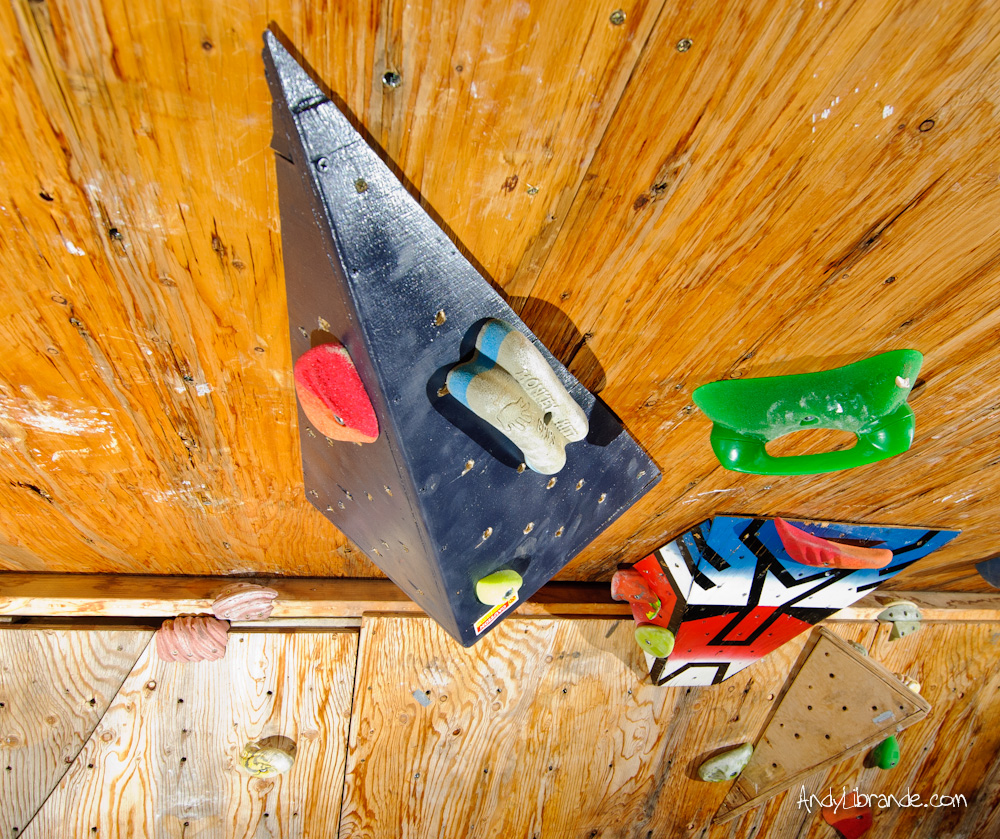


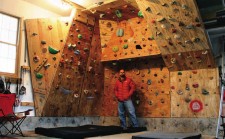
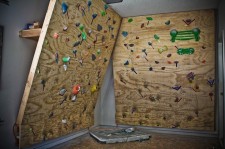


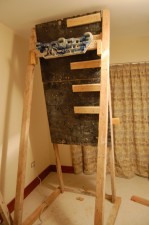
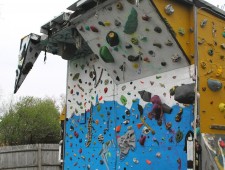
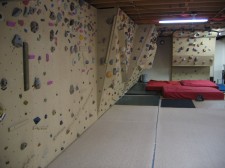


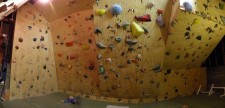
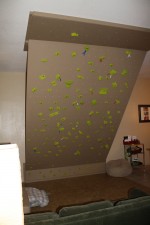
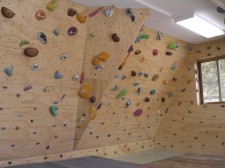

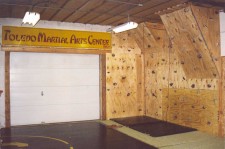
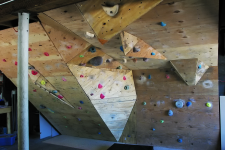

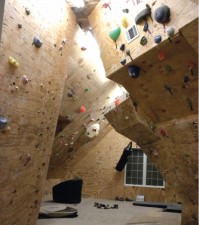
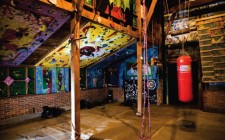
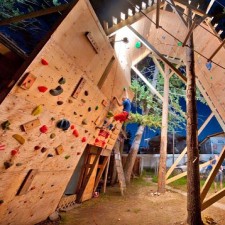




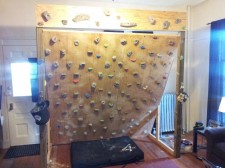
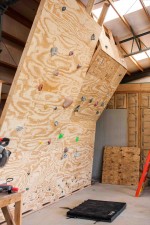
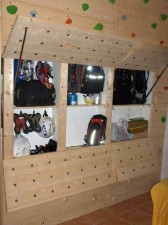

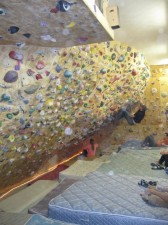

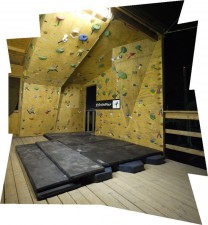
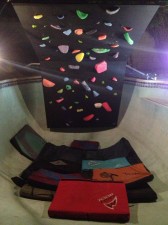
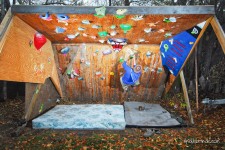

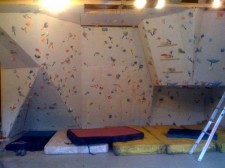
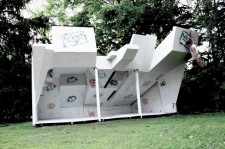
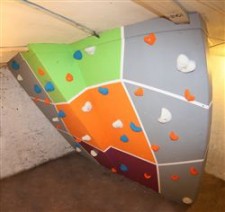
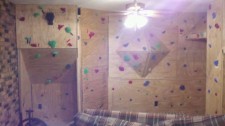



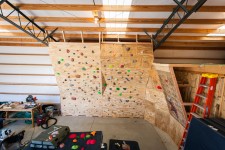

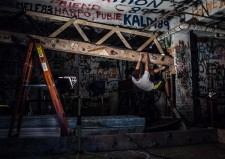

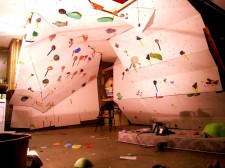
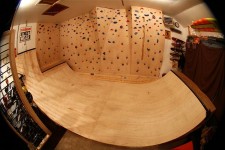
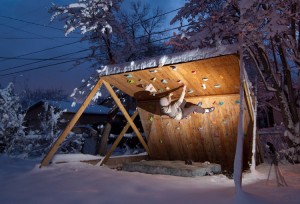
Recent Comments